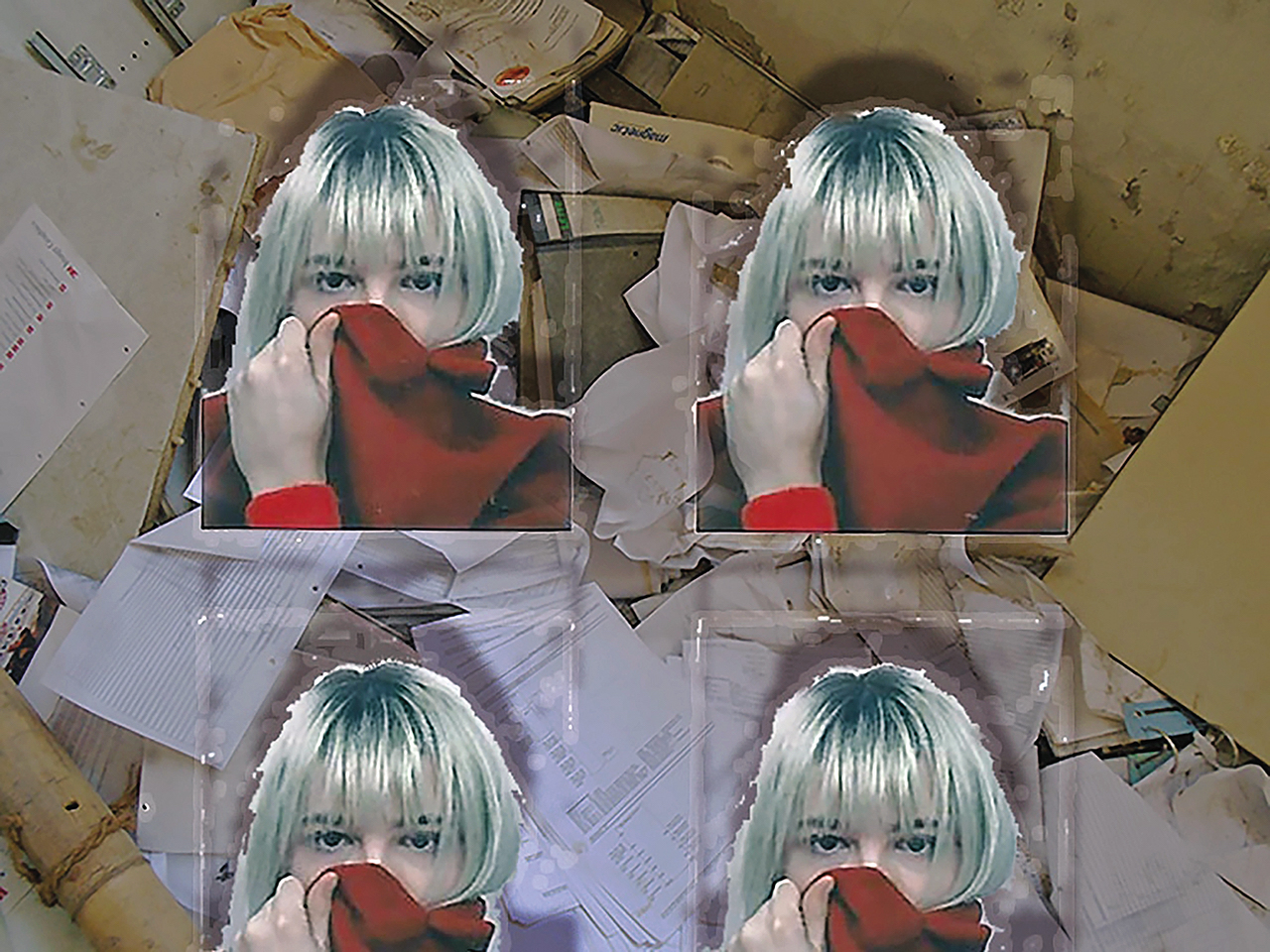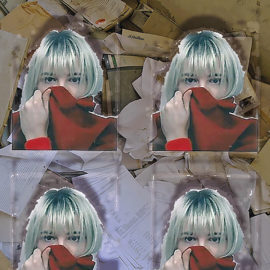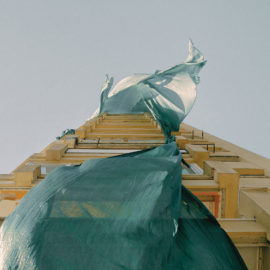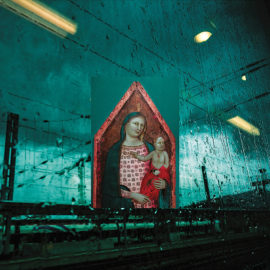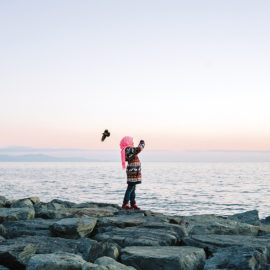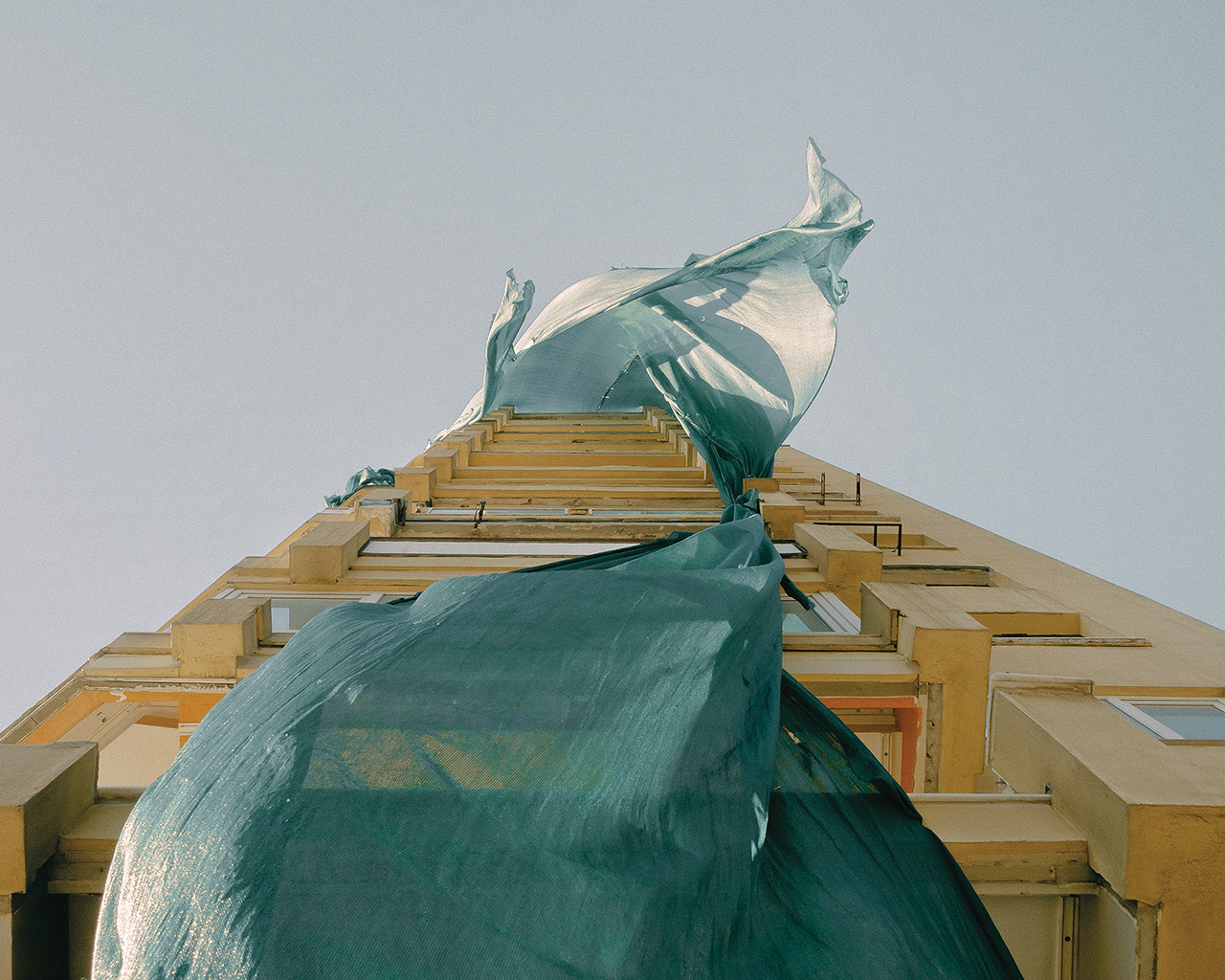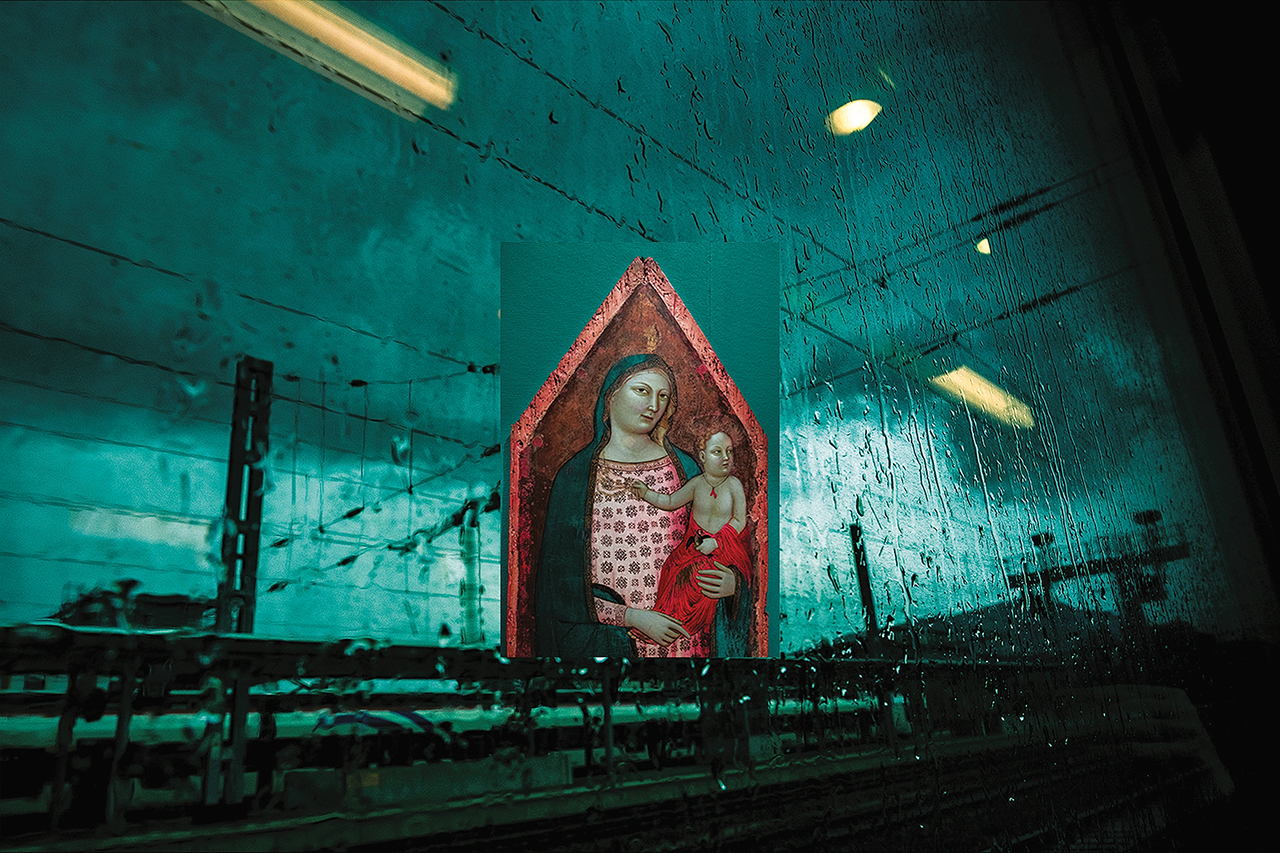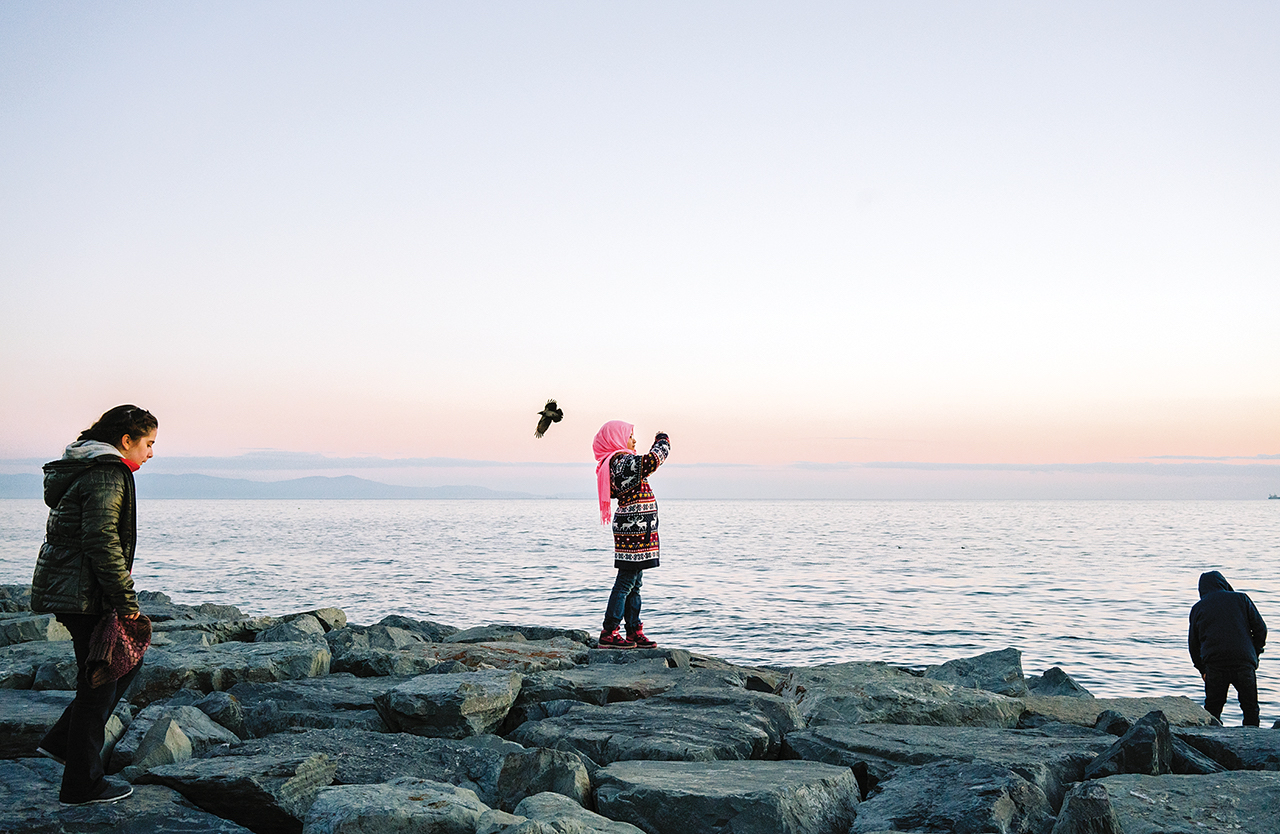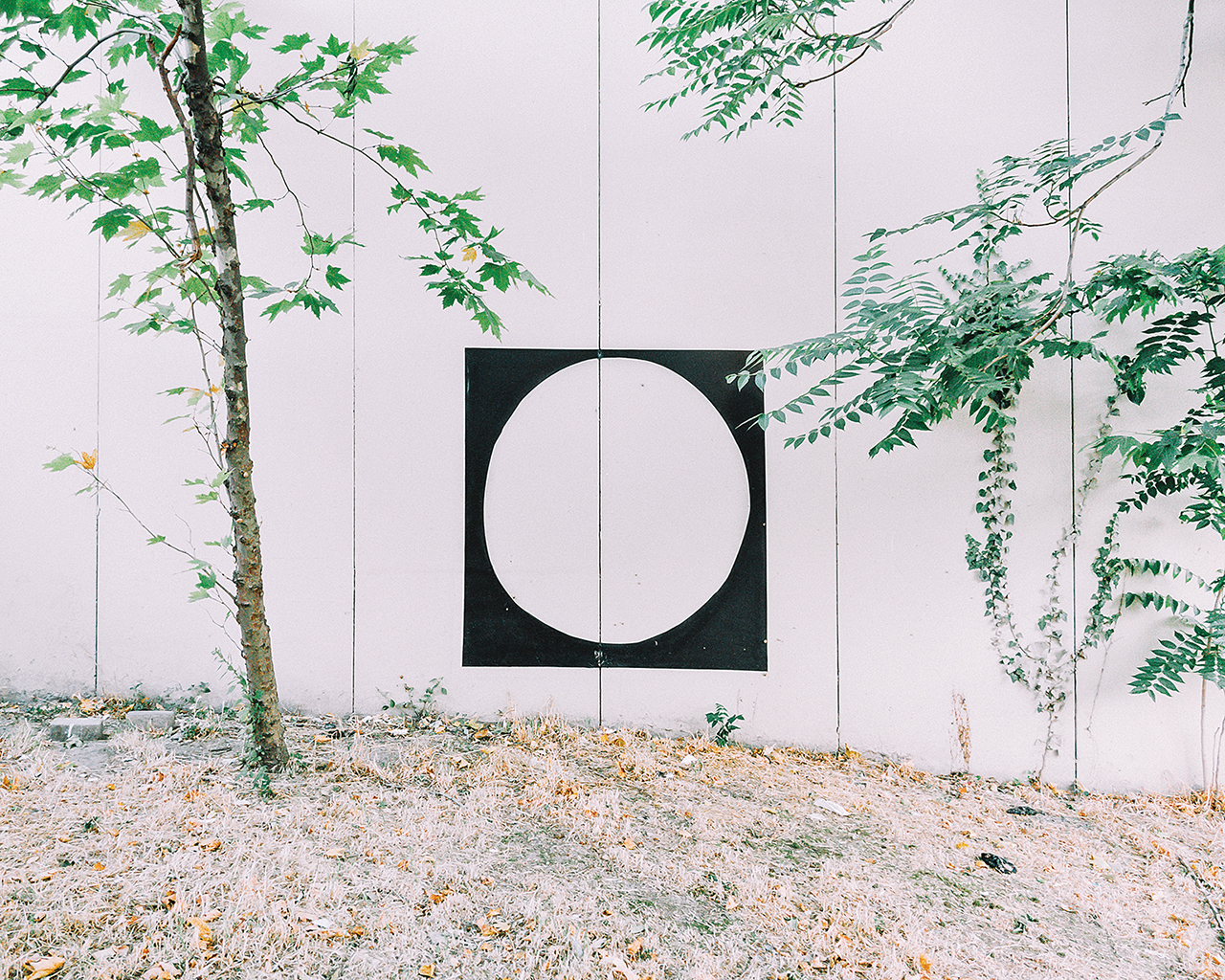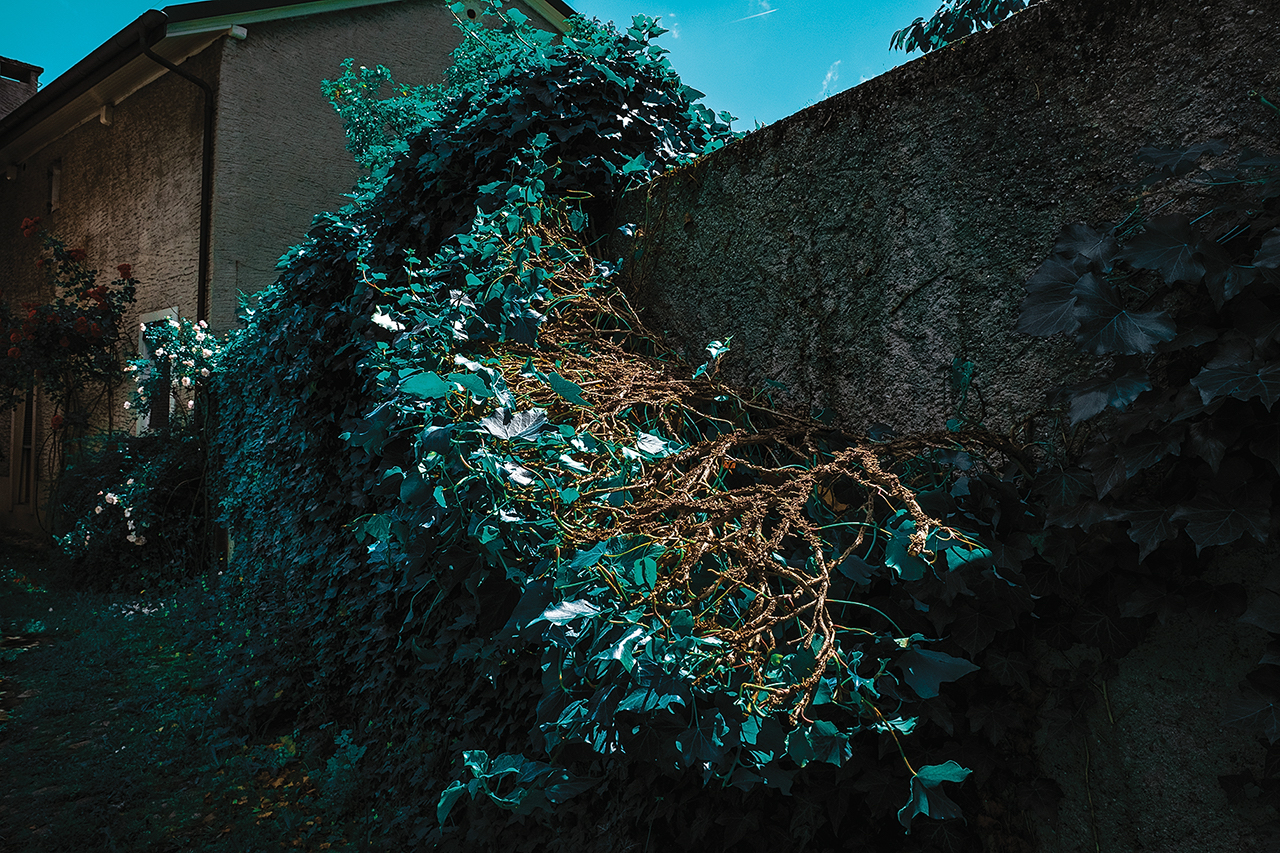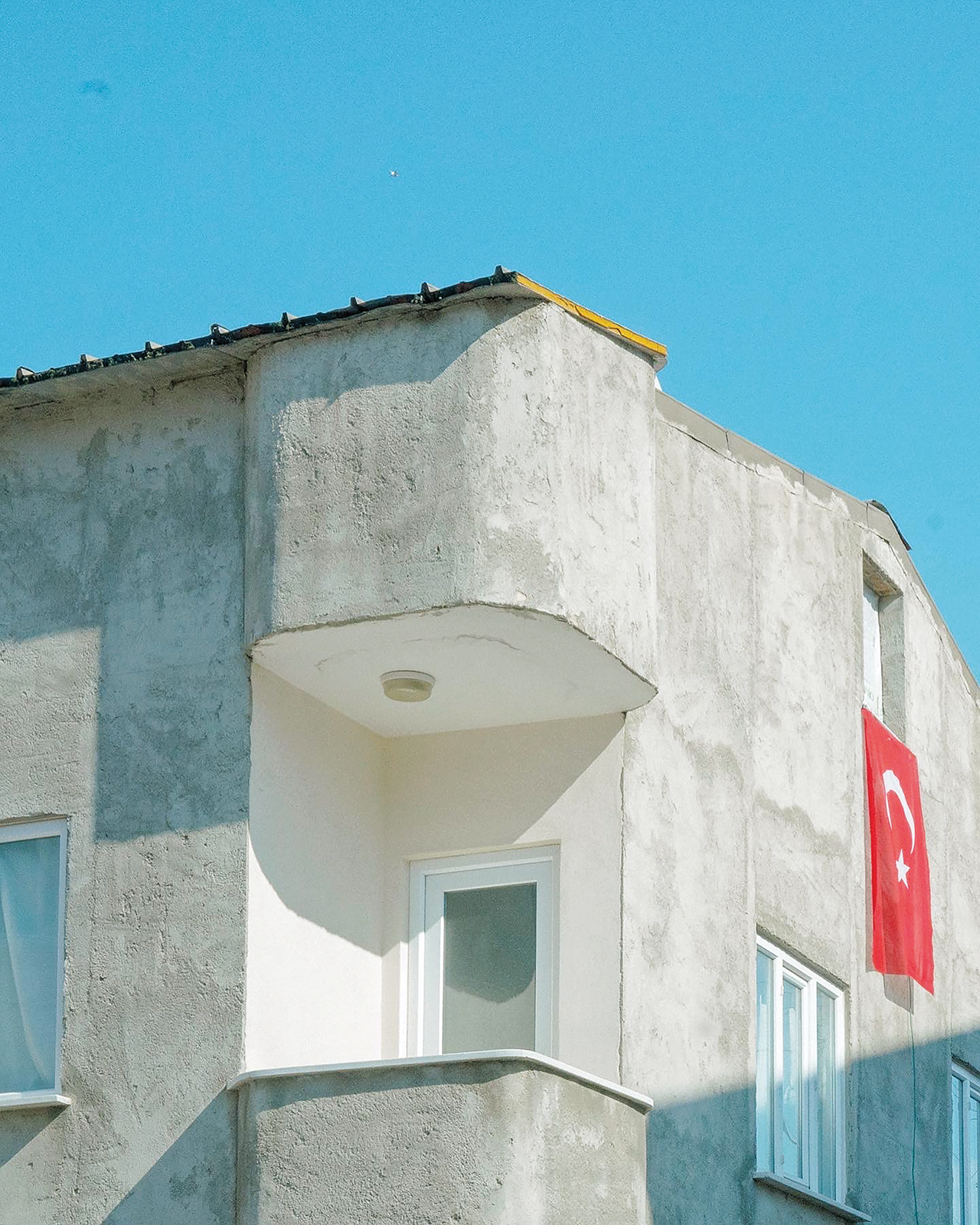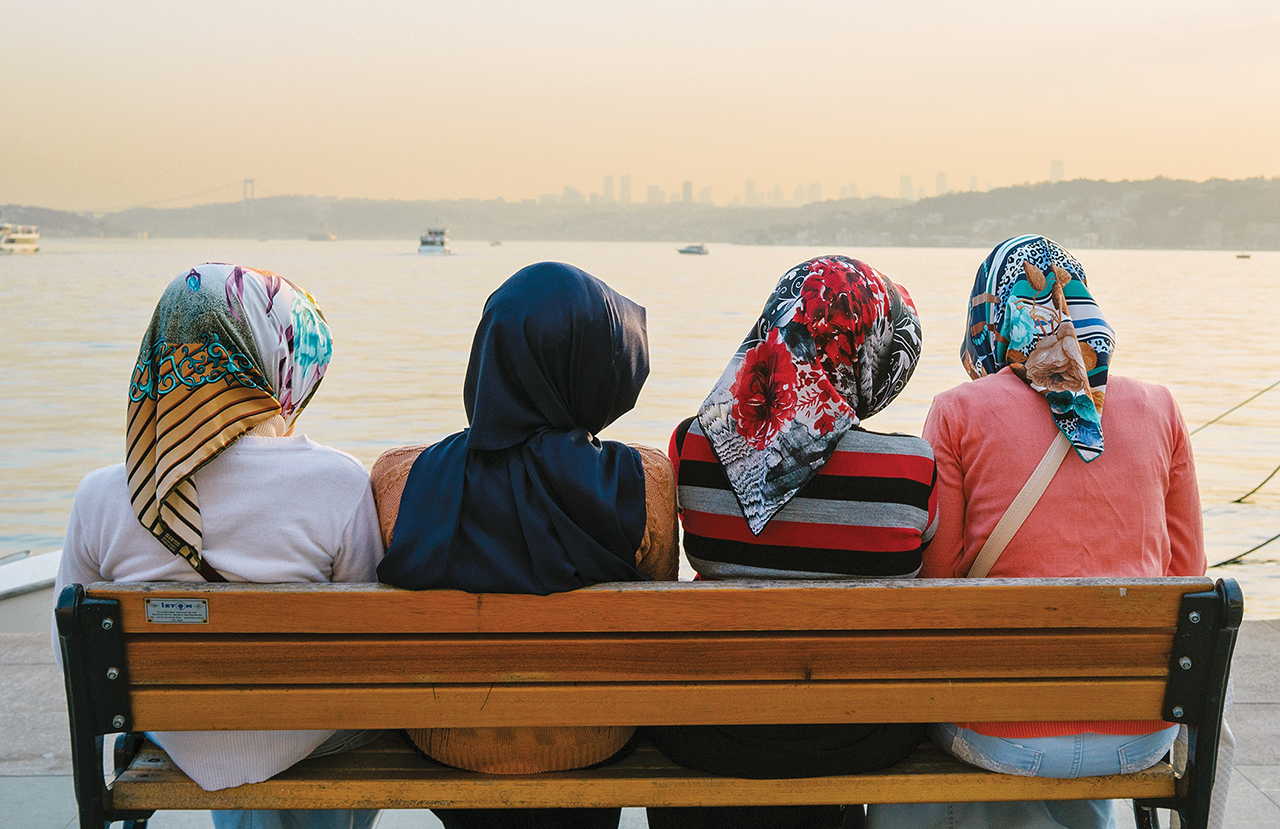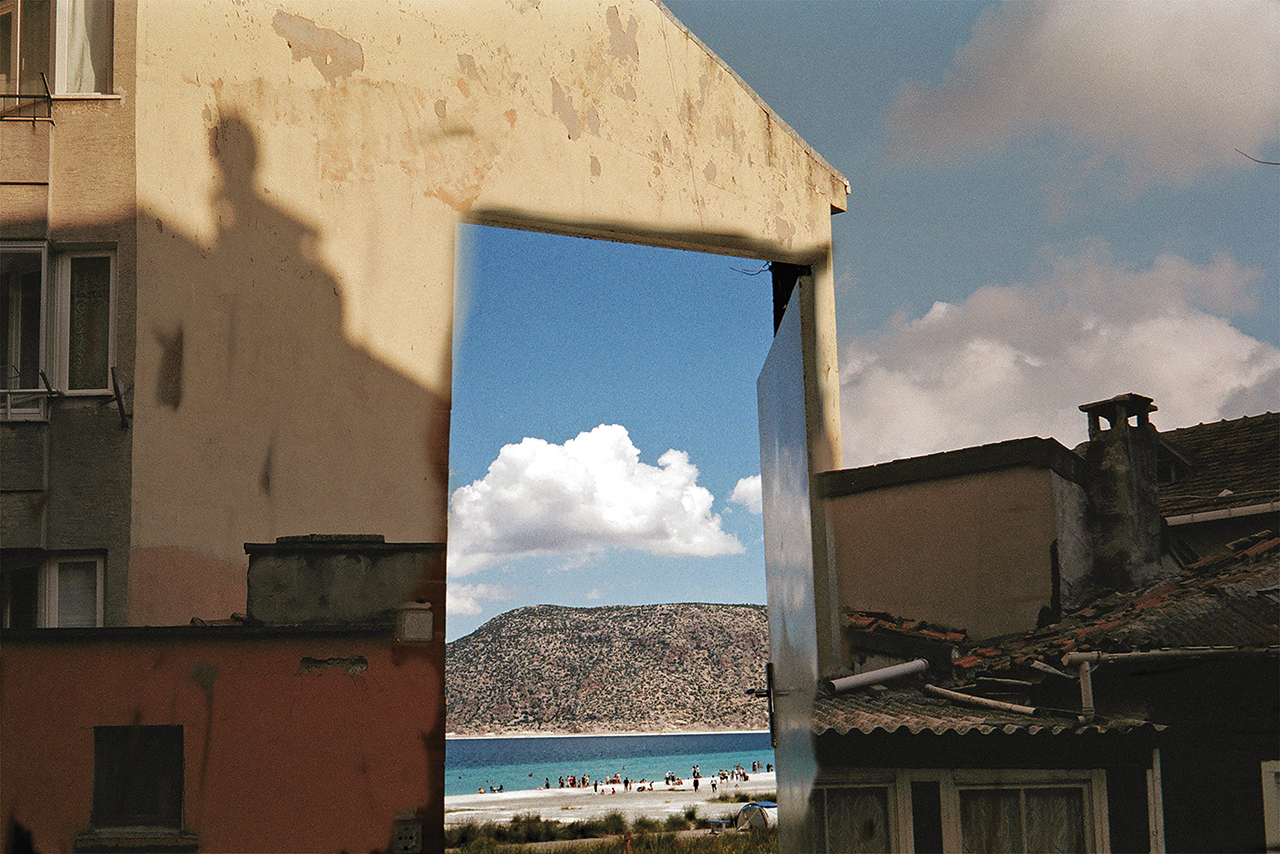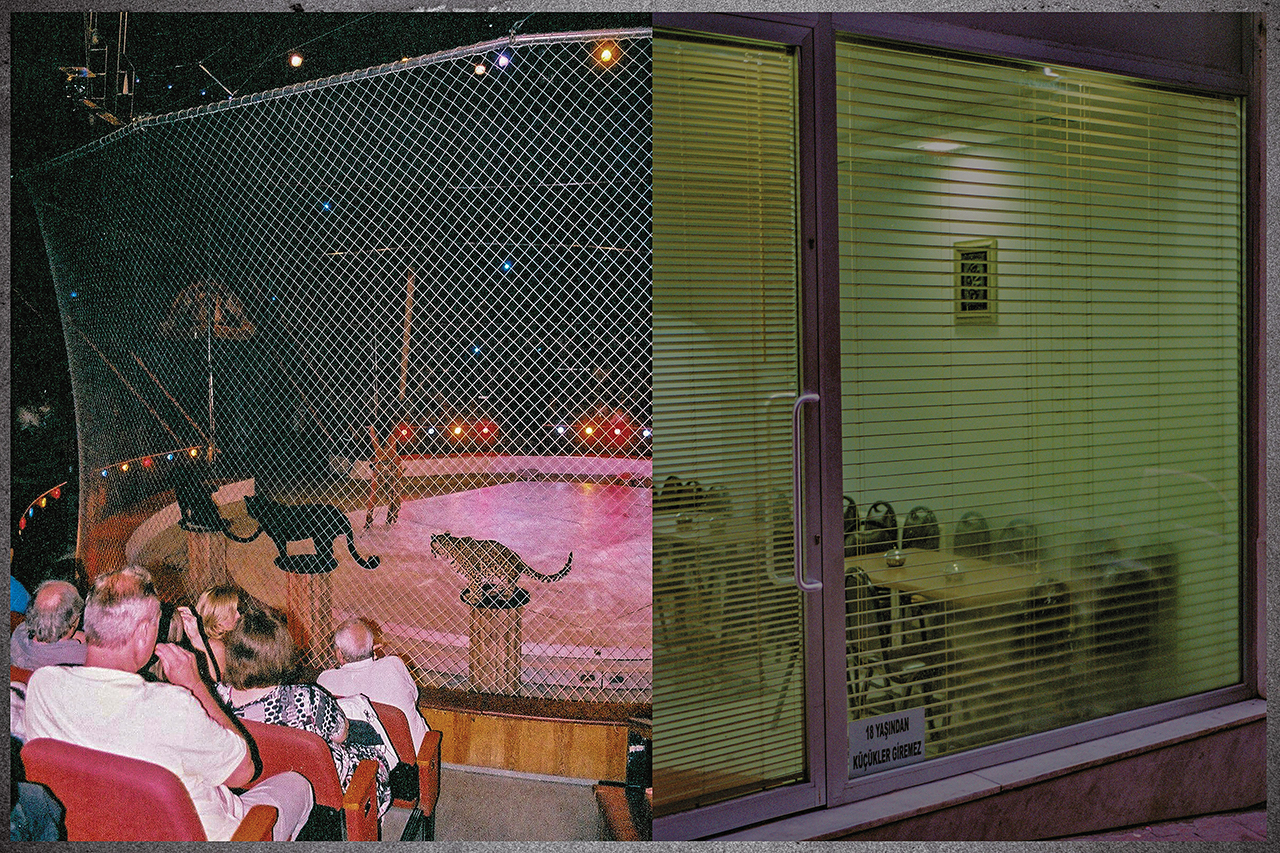Kıvılcım S Güngörün.
Words by Diane Smyth
“When I was little, my sister and I had so many collections – autographs, rubbers, napkins, rubber balls – and even now I like collecting. I have collections of spoons, screws, garbage! But my biggest collection is photography. I really like collecting moments.” Born in 1992, Kıvılcım S Güngörün has already made thousands of images, grouped in expansive, wide-ranging series. She captures everyday life in Istanbul (Imstantobul), her friends (Kportyu town), her travels around Europe (4 blue old), and herself – specifically her hands holding and stroking (Eldy sir). The images shown below are from I lab yu, a series of collages inspired by her love of collecting.
“Mainly, it’s about questions,” she explains of the series. “While I was shooting I was collecting questions, things I was asking myself or that I saw on the street. Then I decided to write them down, so that people could find their own answers.” A writer as well as a photographer, Güngörün shares some of these questions on her website and they are by turns funny and thought-provoking. “Does time travel start with a telescope?” reads one, alongside others: “Could a sentence be the draft of reality?”, “Why did I not think before I shoot?”.
A few months ago, the photographer published a book about Istanbul in the Onagöre publishing house’s ongoing series on the city, and she says there’s plenty going on in the region, in photography and in culture more generally. But, she adds, it helps if you are proactive, with a DIY attitude, and persevere to make things happen. “The Turkish currency is really down right now so it’s difficult to travel,” she says. “But maybe that’s not so important. Maybe it’s nice to have your own scene. We are here, and we are making things, and maybe in five years things will change.”
kivilcimgungorun.onfotomat.com

